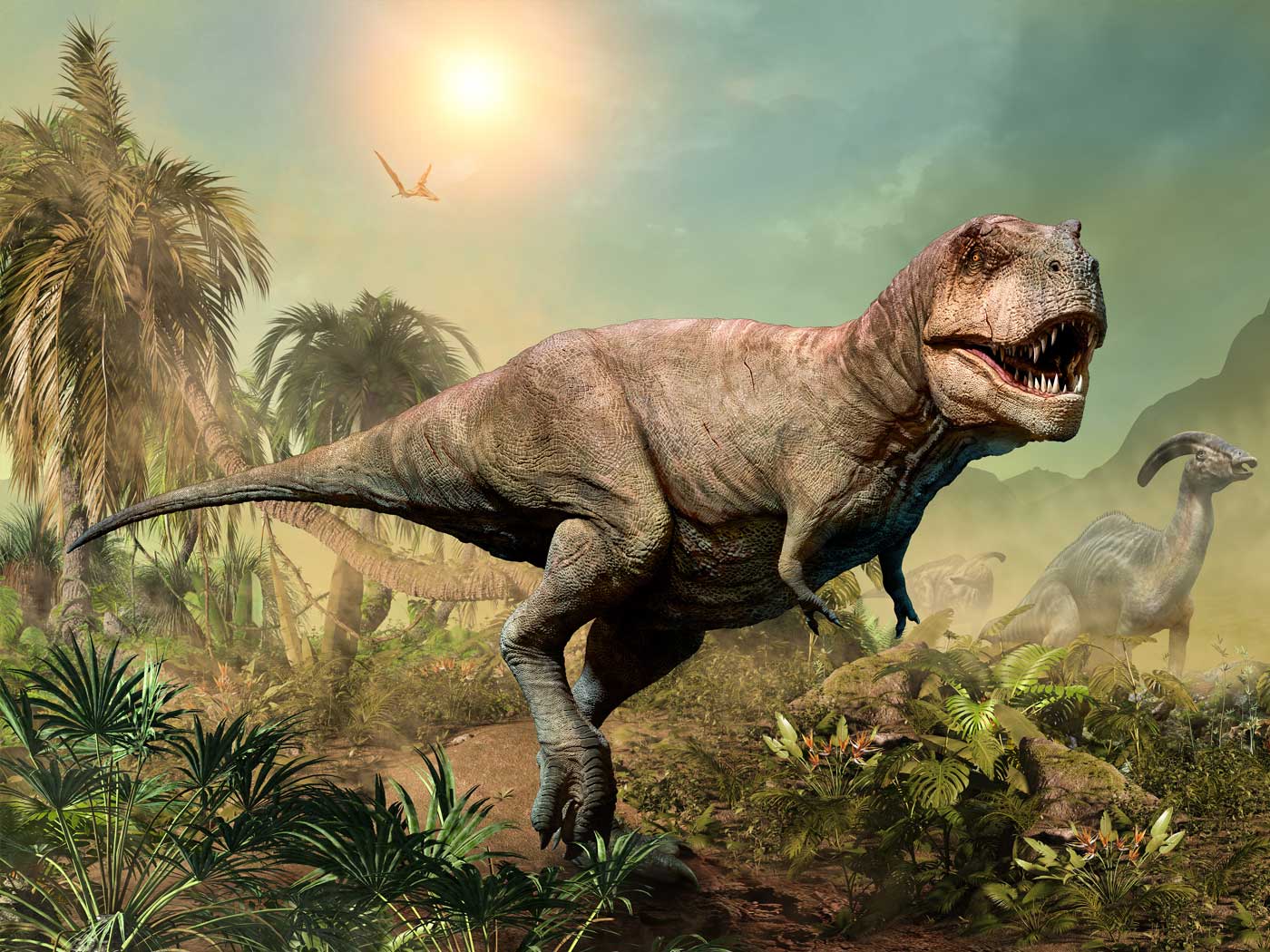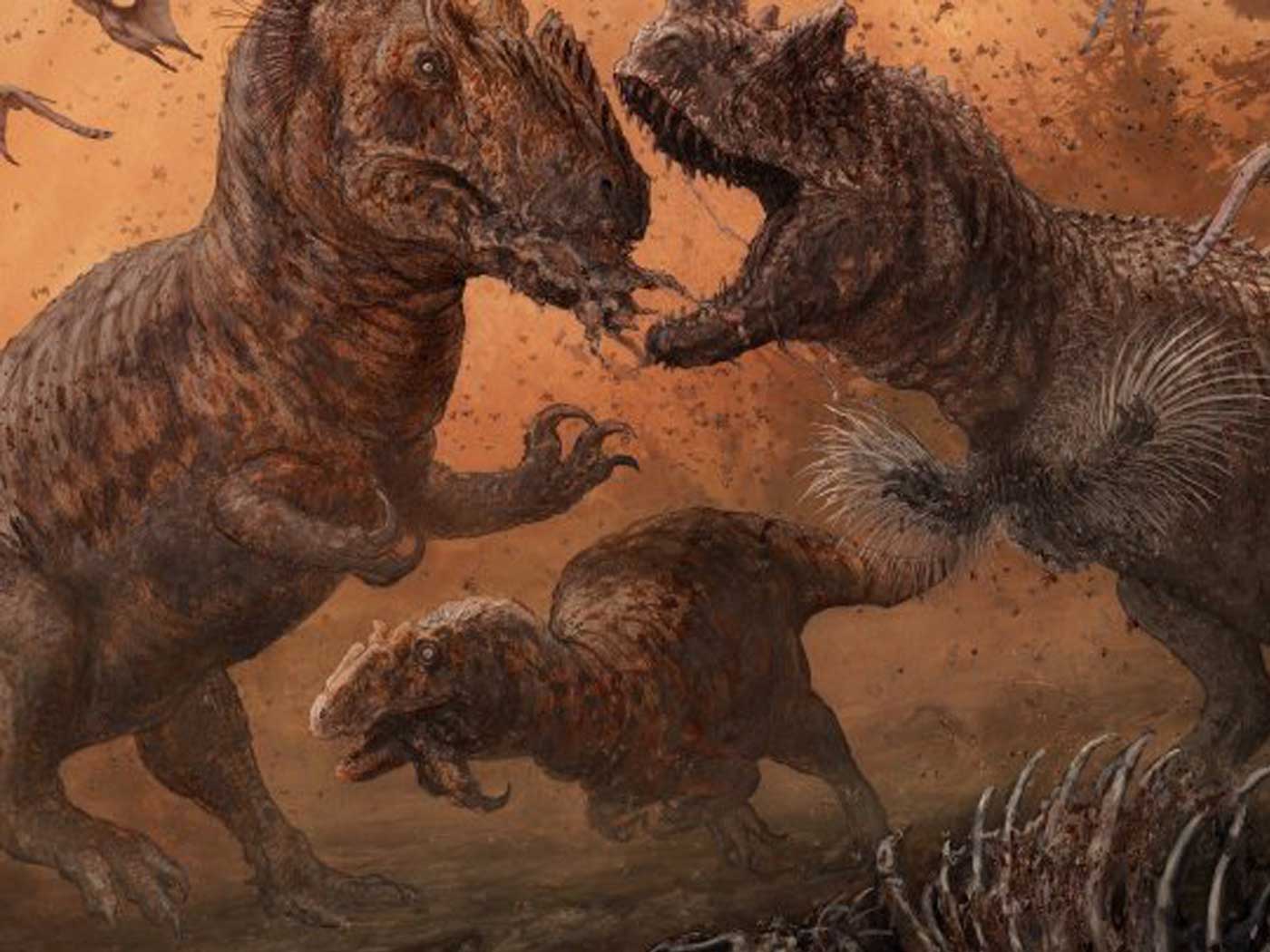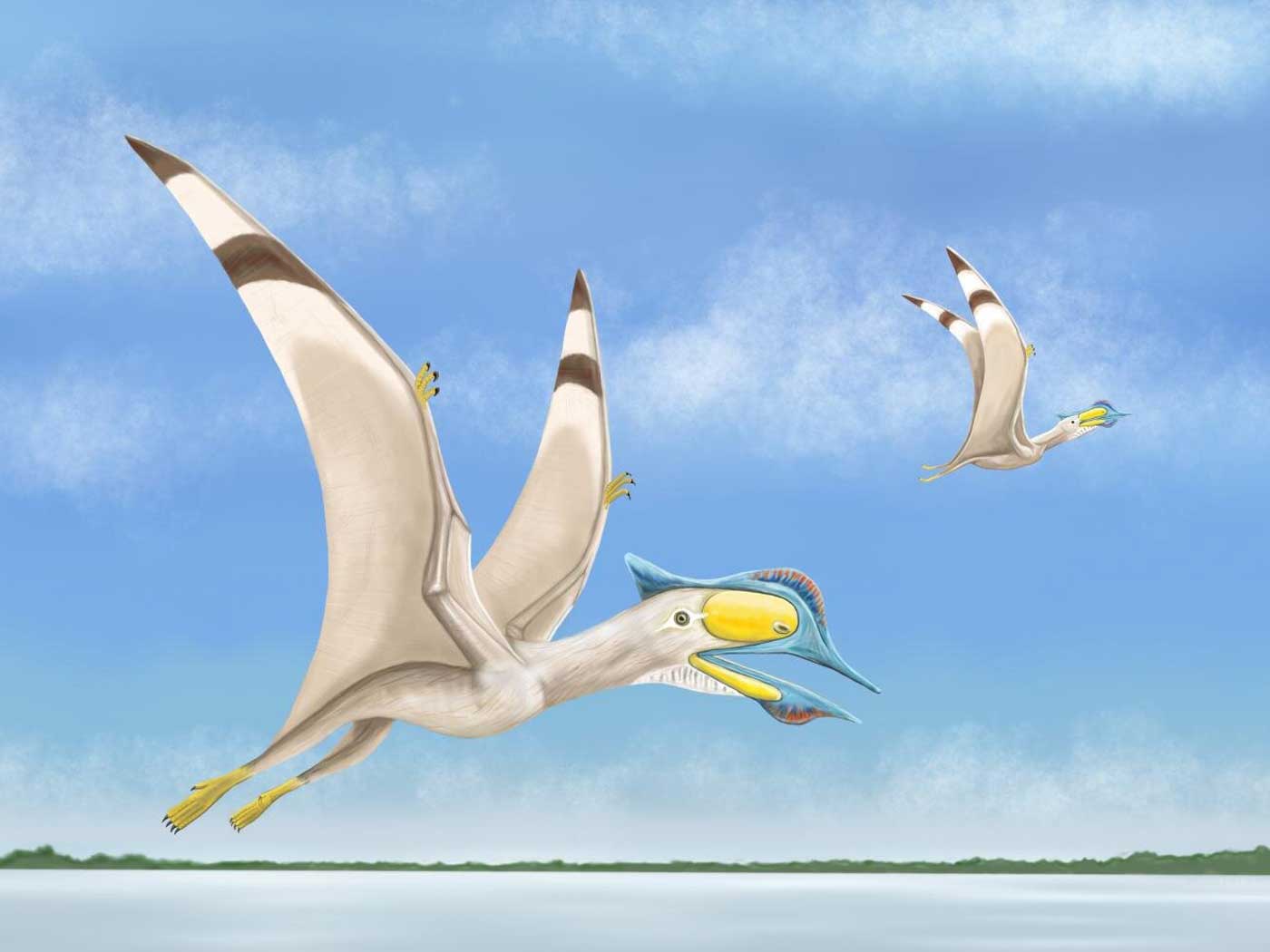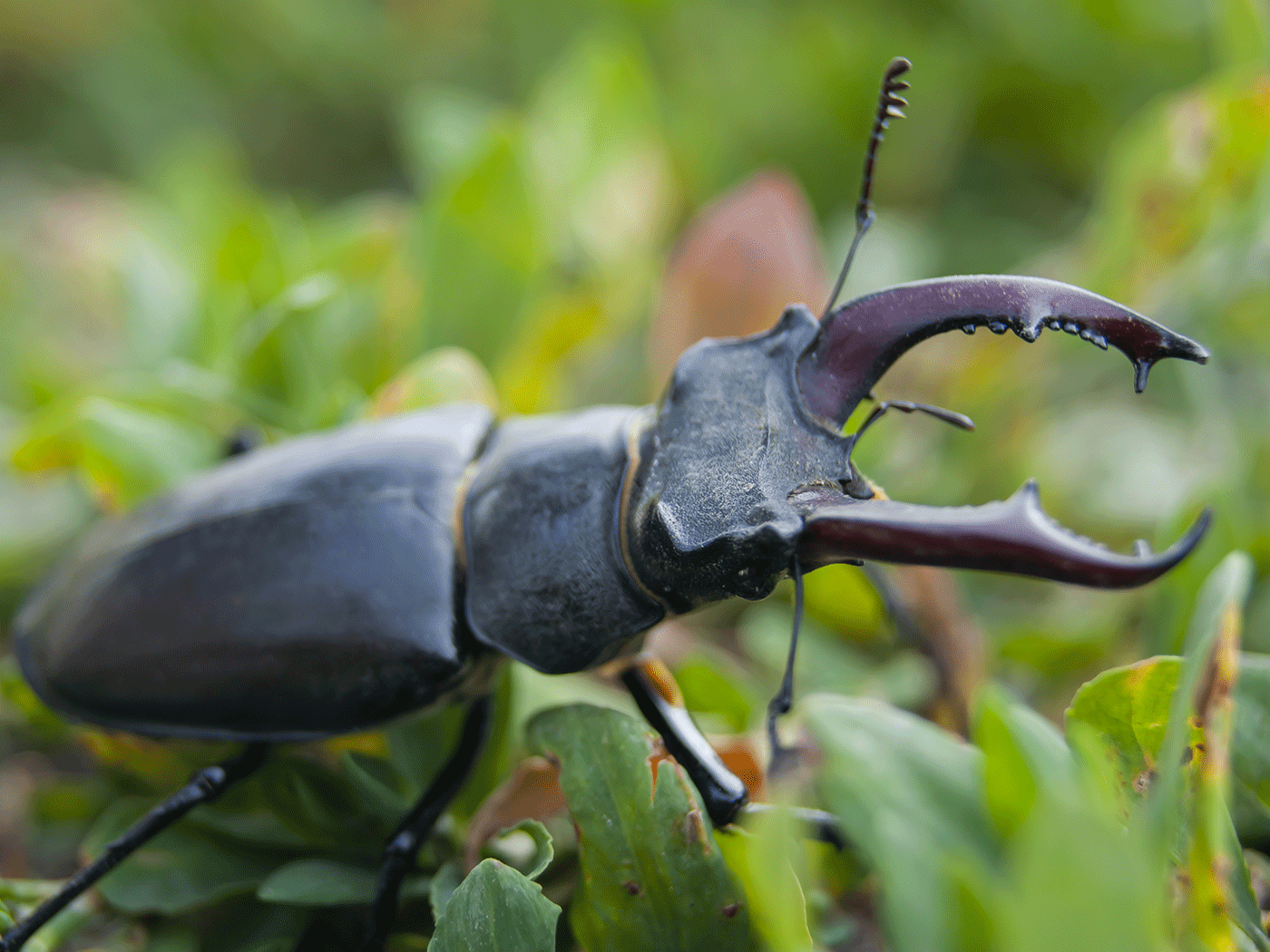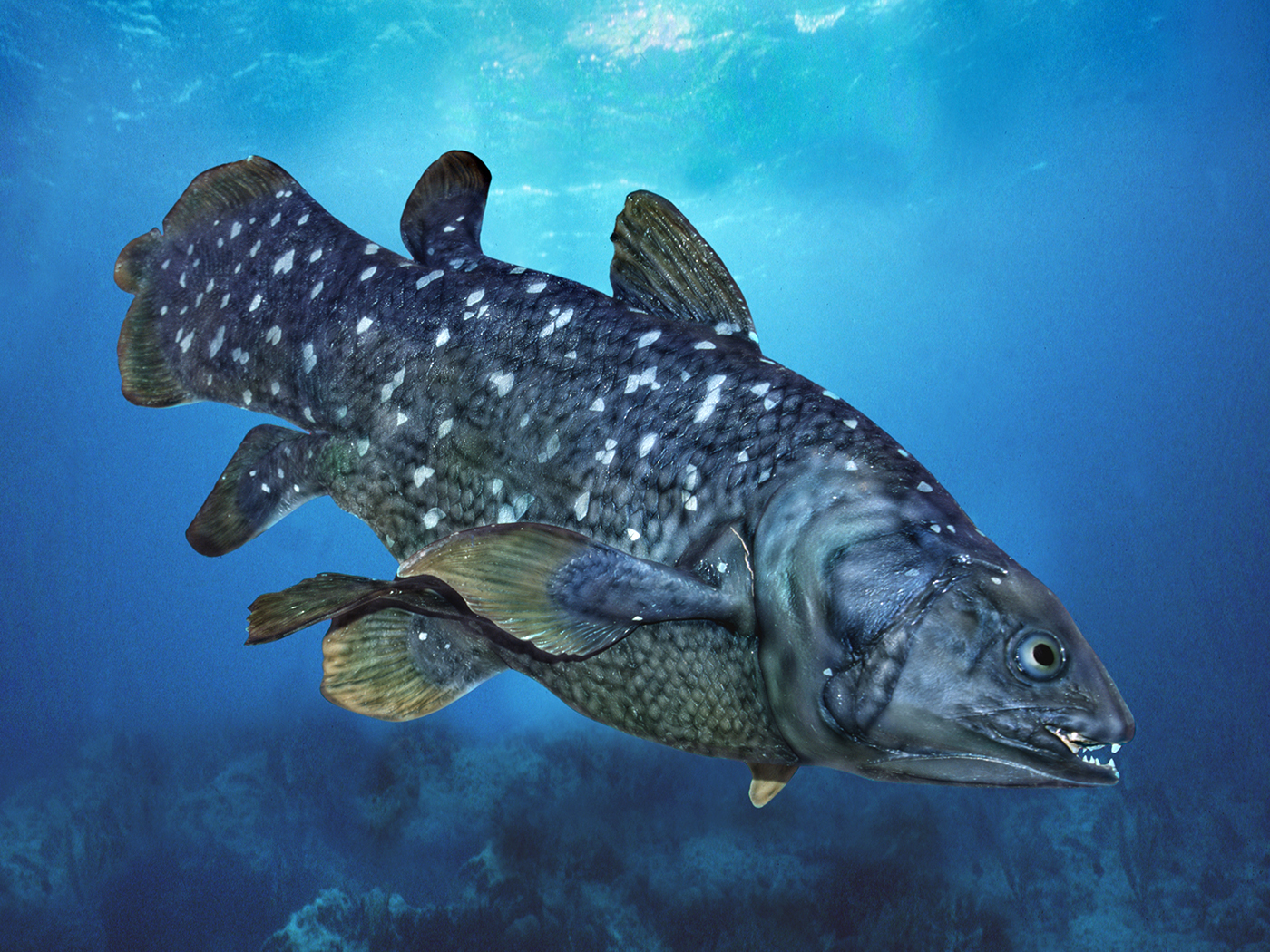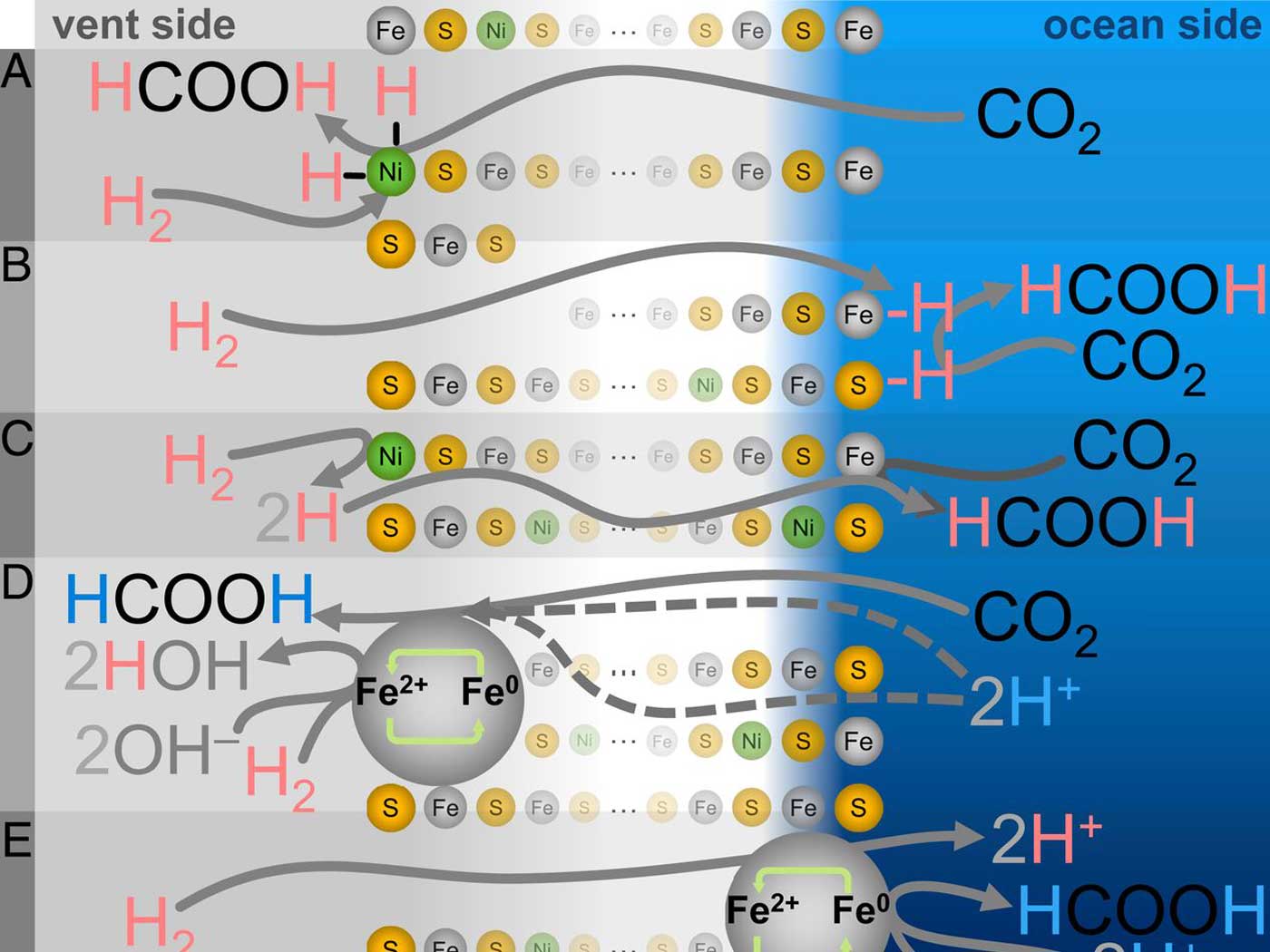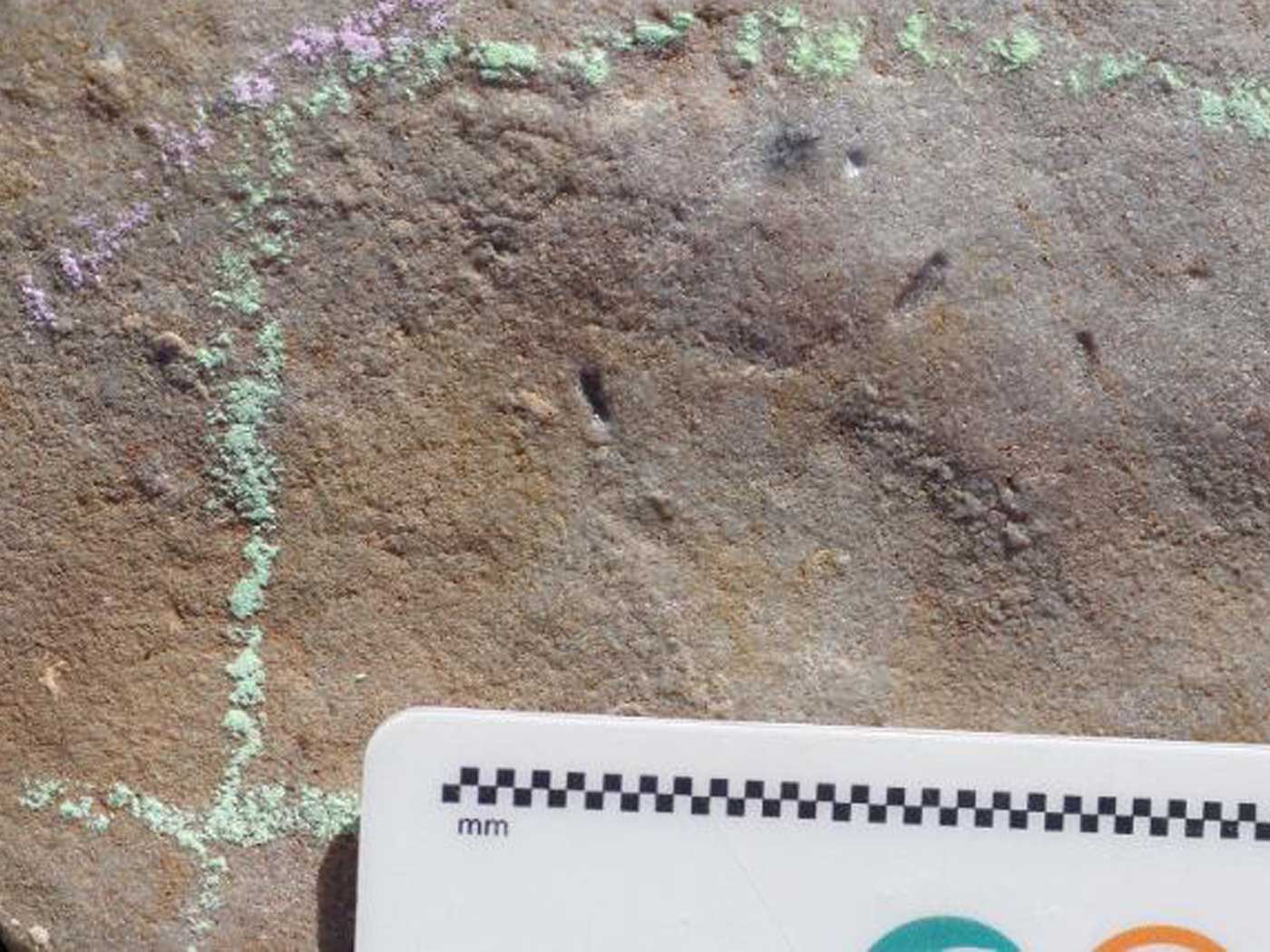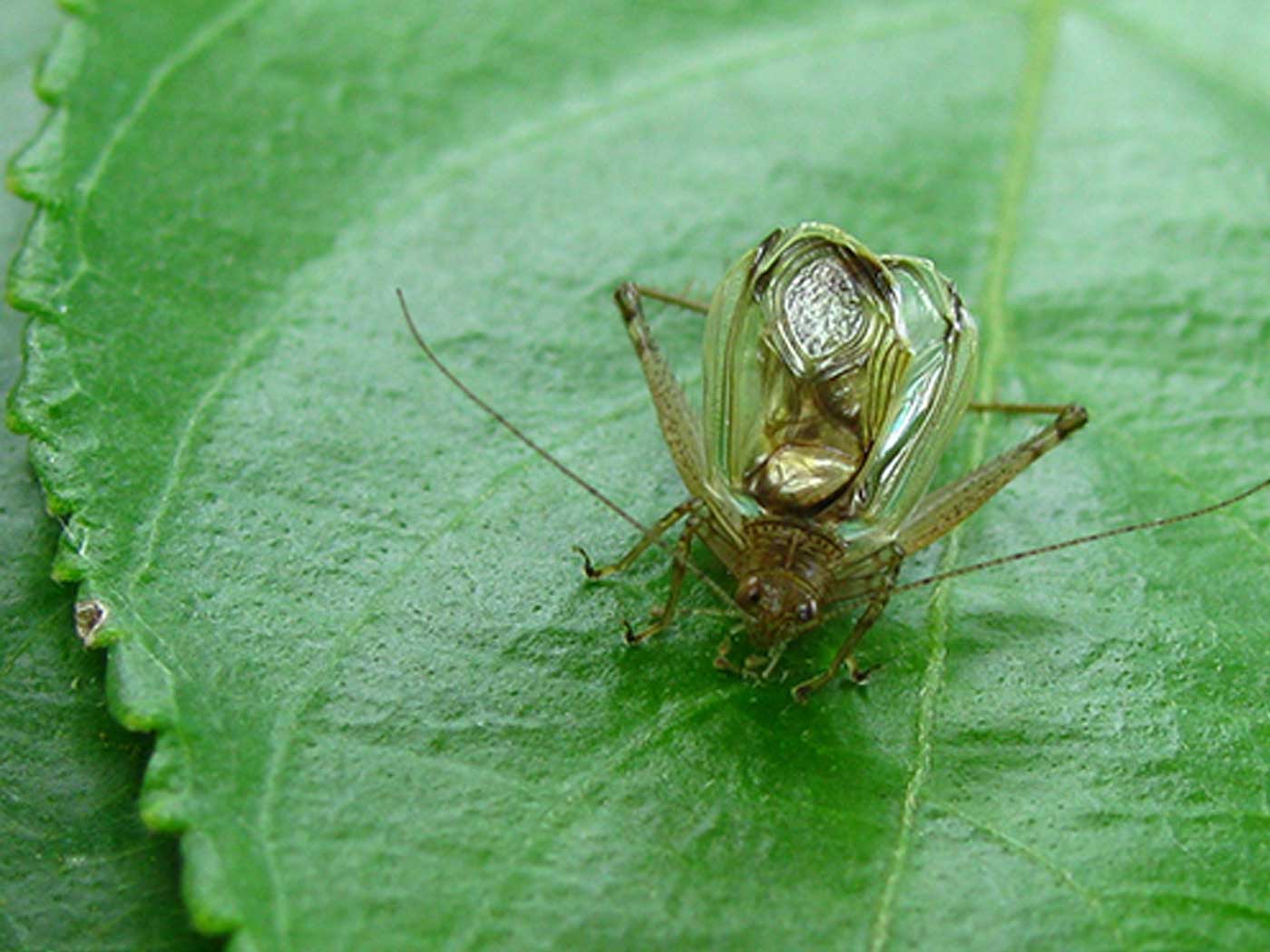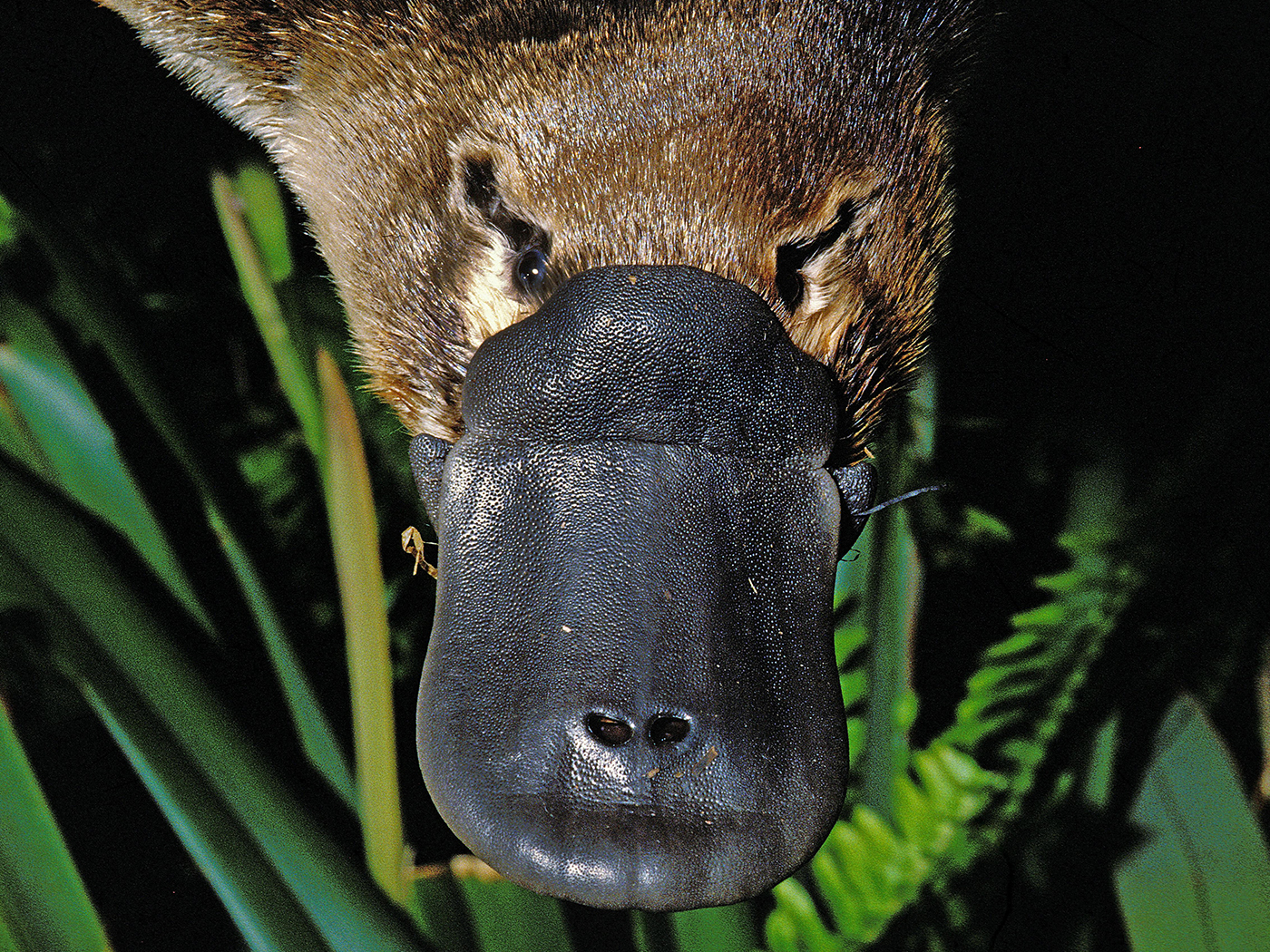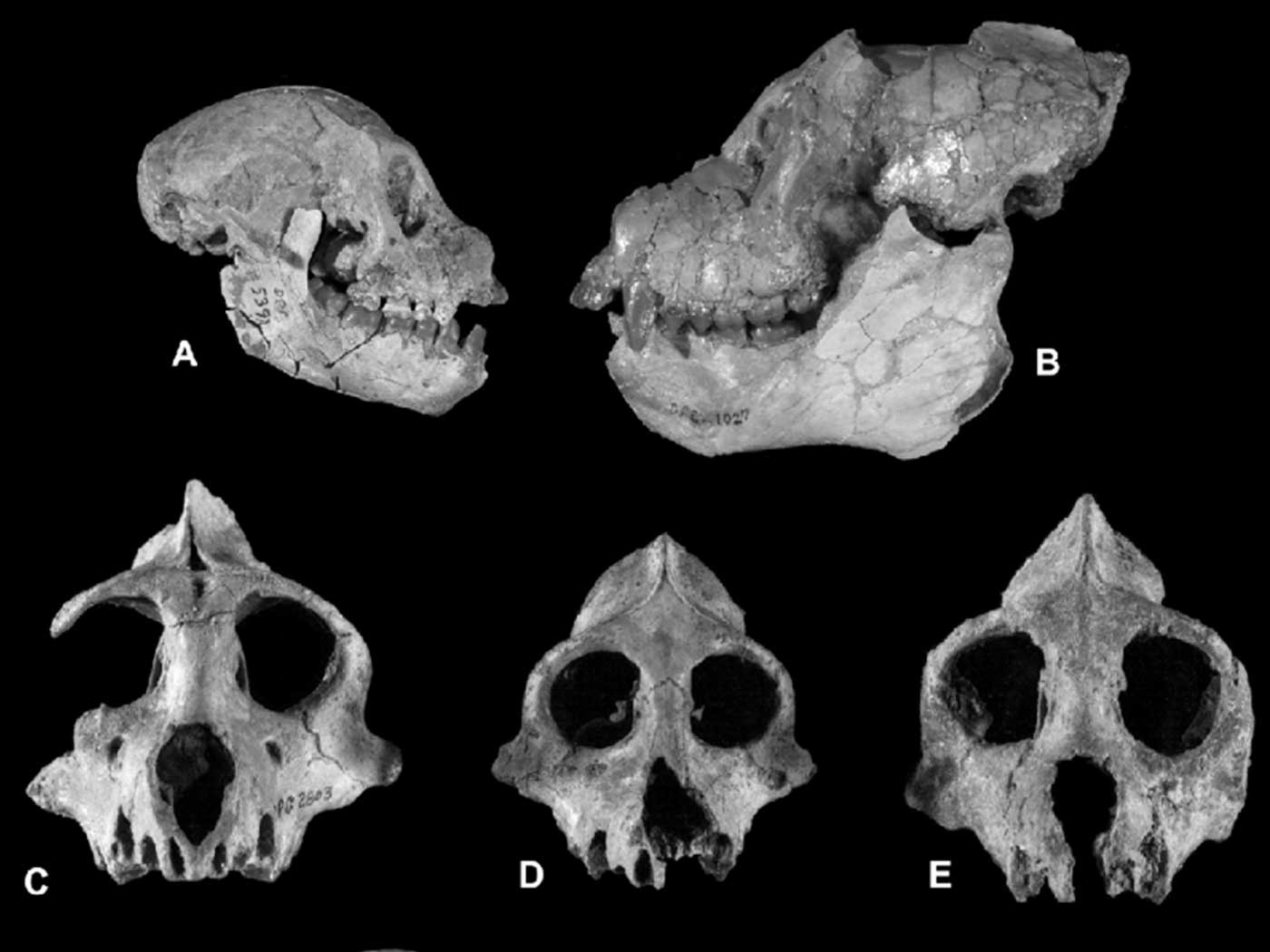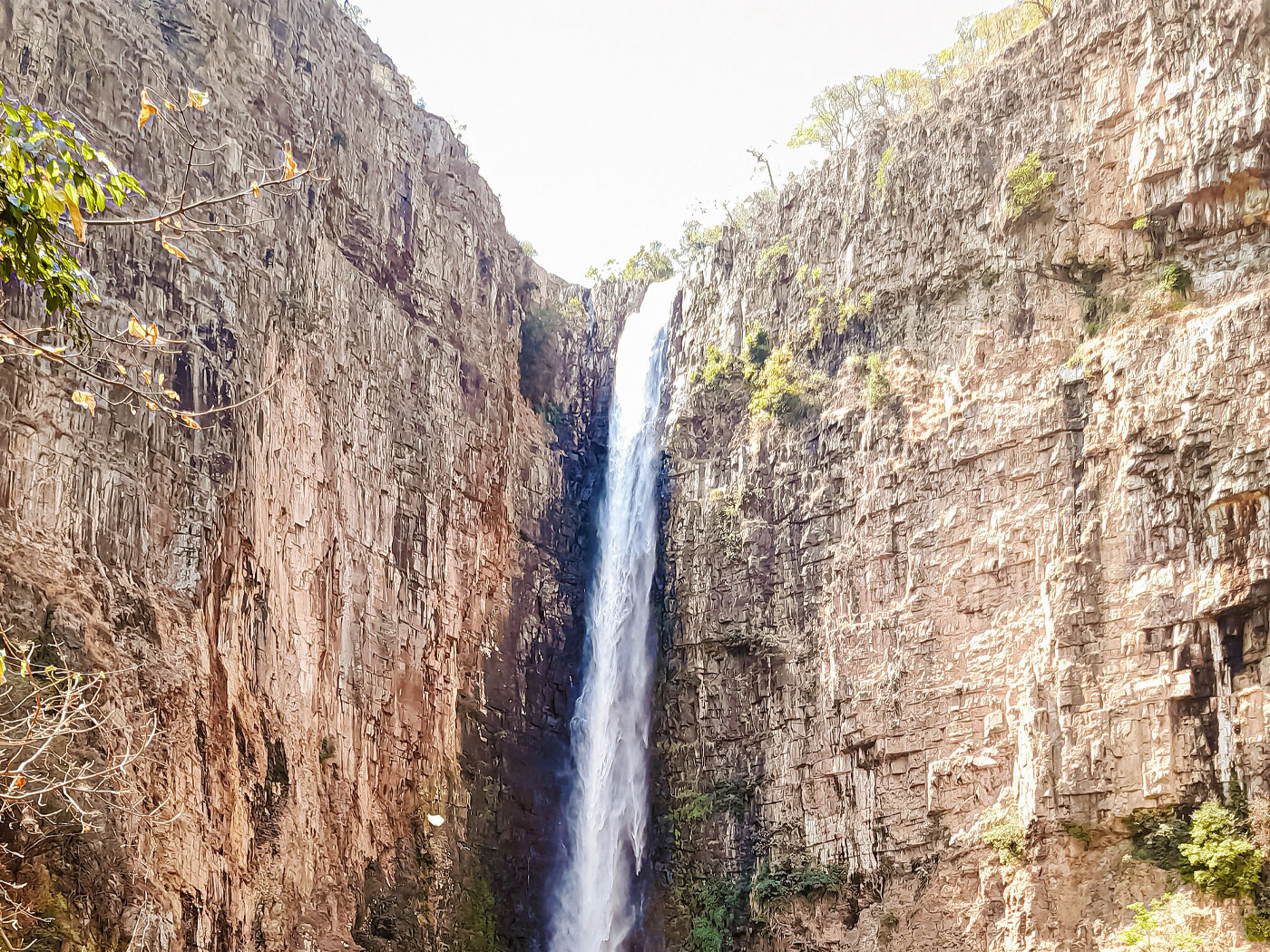Fossils from two giant rhinos dated by evolutionists to be “22 million years old” in the evolutionary timetable have been discovered in China.1 They were much larger than today’s rhinos and stood at over 20 feet, but they were still rhinos. This is true with many large animals found in the fossil record—vertebrate and invertebrate. For example, there are giant water bug fossils from the Crato Formation in northeastern Brazil, the giant ground sloth (Megatherium), and giant crocodile (Deinosuchus) found in ten U.S. states. In all three cases they are simply much larger versions of their animal cousins alive today. Real, vertical evolution is not recorded.
So it is with the rhinoceros.
Evolutionists do not know the origin of the rhinoceroses. They can only suggest that the rhinocerotoids evolved from perissodactyls (an order of odd-toed ungulates) “millions of years ago.” In 2001, Colbert said, “The first known rhinoceroses appear in sediments of Eocene age,” and “it is likely that the earliest rhinoceroses were closely related to the primitive tapirs.”2 Almost two decades later, the evolutionary picture hasn’t changed: “They are believed to have evolved from tapir-like forms.”3
Yet, the fossil record doesn’t have clear answers on how the rhino came to be. The scientists analyzing the giant rhino state, “As one of the largest land mammals, the origin and evolution of the giant rhino Paraceratherium bugtiense in Pakistan have been unclear.”1 Like all animals, the rhino appears complete and fully-formed in the sedimentary rocks. Giant rhinos4 have always been giant rhinos as God created them thousands of years ago. They were buried in the receding stage (Tejas Megasequence) of the Genesis Flood.5
Stage image: Artistic rendering of giant rhinos.
Stage image credit: Yu Chen. Copyright © 2021. Adapted for use in accordance with federal copyright (fair use doctrine) law. Usage by ICR does not imply endorsement of copyright holders.
References
1. Deng, T. et al. 2021. An Oligocene giant rhino provides insights into Paraceratherium evolution. Communications Biology. 4 (639): 1.
2. Colbert, E. et al. 2001. Colbert’s Evolution of the Vertebrates, 5th ed. Wiley-Liss Publishers, 472.
3. Allaby, M. 2020. Dictionary of Zoology. Fifth edition. 532. See also Sherwin, F. 2010. Tapir: Testimony to Creation. Acts & Facts. 39 (1): 15.
4. Fortelius, M. & J. Kappelman. 1993. The largest land mammal ever imagined. Zoology Journal of the Linnean Society. 107: 85–101.
5. Tomkins, J.P. and T. Clarey. 2020. Paleontology Confirms a Late Cenozoic N-Q Flood Boundary. Acts & Facts. 49 (11).
*Dr. Sherwin is Research Associate at the Institute for Creation Research. He earned an M.A. in zoology from the University of Northern Colorado and received an Honorary Doctorate of Science from Pensacola Christian College.
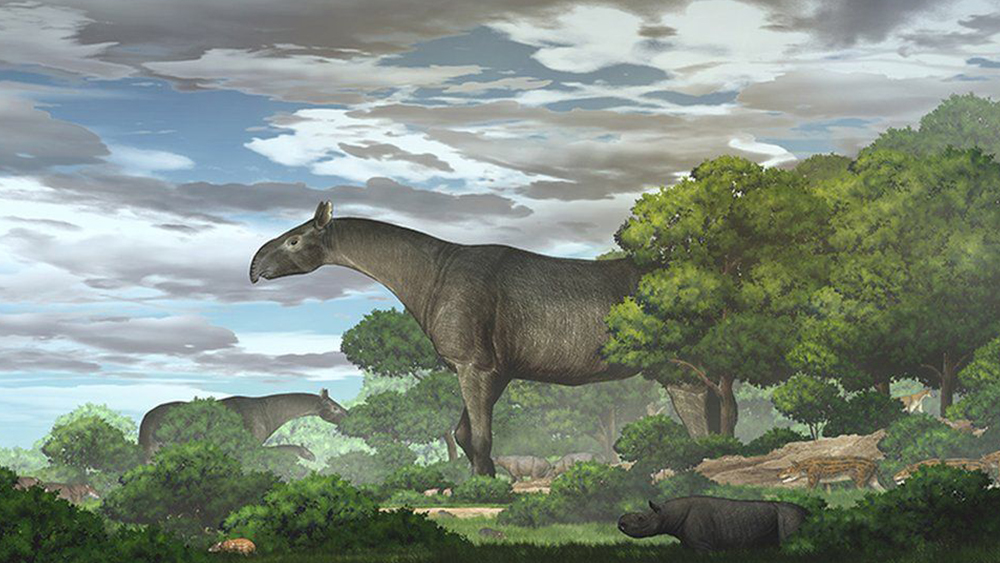
Giant Rhinos Are Still Rhinos
The Latest
Was a Key to Photosynthesis Evolution Discovered?
Northern Canadian lakes were the source of recently discovered unique photosynthetic bacteria of the phylum Chloroflexota. After years of culturing,...
CREATION PODCAST
Four Moons That Indicate a Young Universe | The Creation Podcast:...
Earth has one moon, but Jupiter has many! What can we learn from our celestial neighbor's satellites? Do they indicate youth?
Host...
Creation Kids: Seeds and Sprouts
by Renée Dusseau and Susan Windsor*
You're never too young to be a creation scientist and explore our Creator's world. Kids, discover...
APOLOGETICS
Christ’s Creativity in Canyon Critters
Grand Canyon animals display many marvelous traits and behaviors as they live life in that harsh habitat. These canyon creatures succeed thanks to the...
Standing Against False Science
I’m Michael Stamp, and I’m in my 12th year as an editor at the Institute for Creation Research. It’s always an encouragement to see...
Oysters and Pre-Flood Longevity
The oyster species Crassostrea virginica, also known as the eastern oyster, is a prized seafood. Research has demonstrated that a fossil version of...
Galápagos Finches: A Case Study in Evolution or Adaptive Engineering?
A group of birds known as Darwin’s finches live in the Galápagos Islands, which are located in the Pacific Ocean 600 miles west of Ecuador....
Hot Springs National Park: Hydrothermal Springs Formed By The...
Hot Springs National Park is located about an hour southwest of Little Rock in the folded Ouachita Mountains of central Arkansas. It is the second smallest...
Why Biology Needs A Theory of Biological Design—Part 2
“Based on a true story” is included by movie producers to add authenticity, importance, and a flair of anticipation. So, my account of how...
Marine Fossil Tapeworm Is Still a Tapeworm
The Flood was both sudden and rapid. The burial of creatures—including delicate plants and soft-bodied animals like jellyfish1—occasionally...




